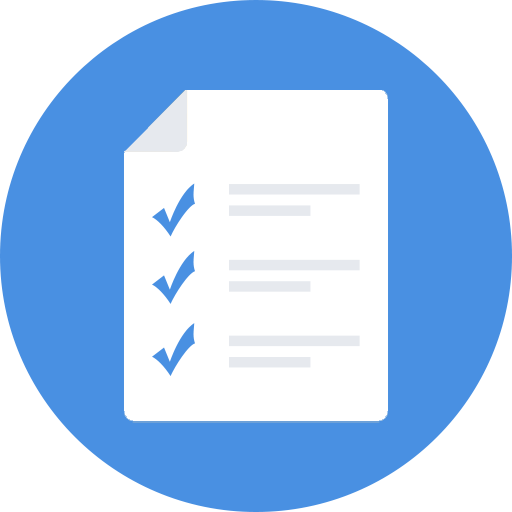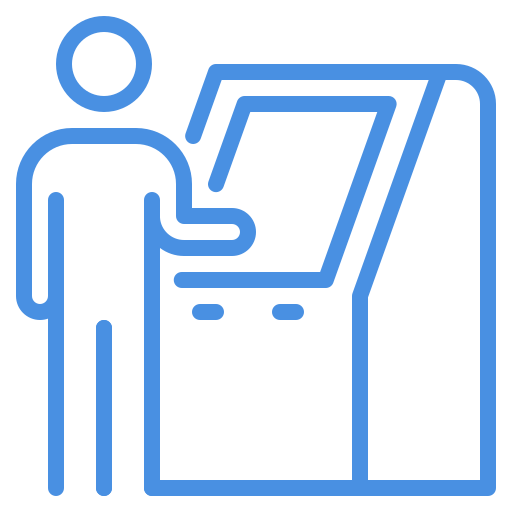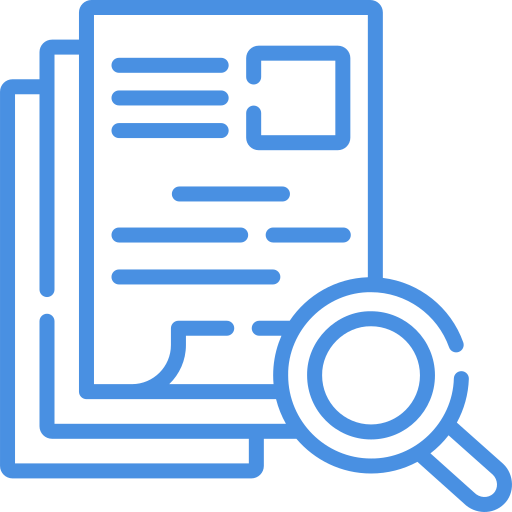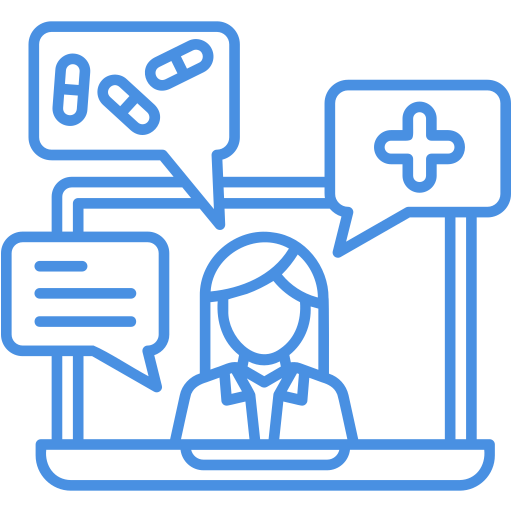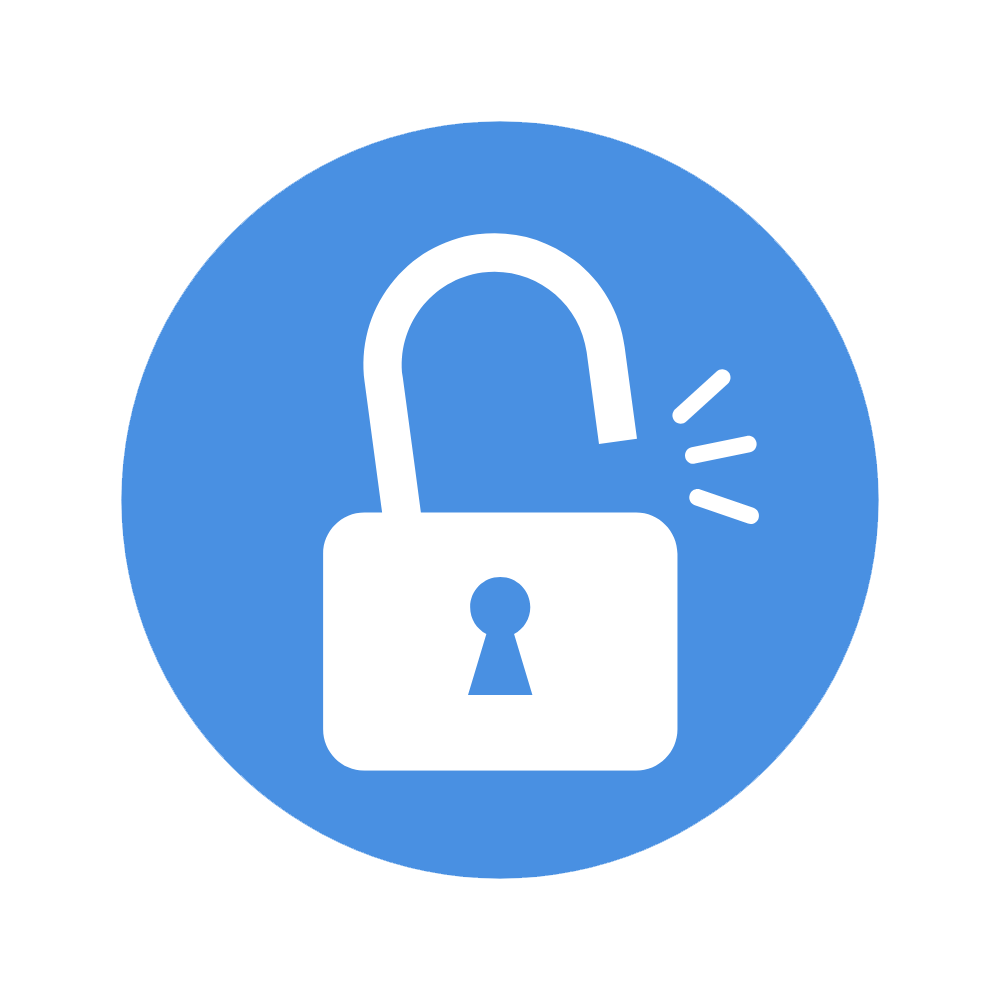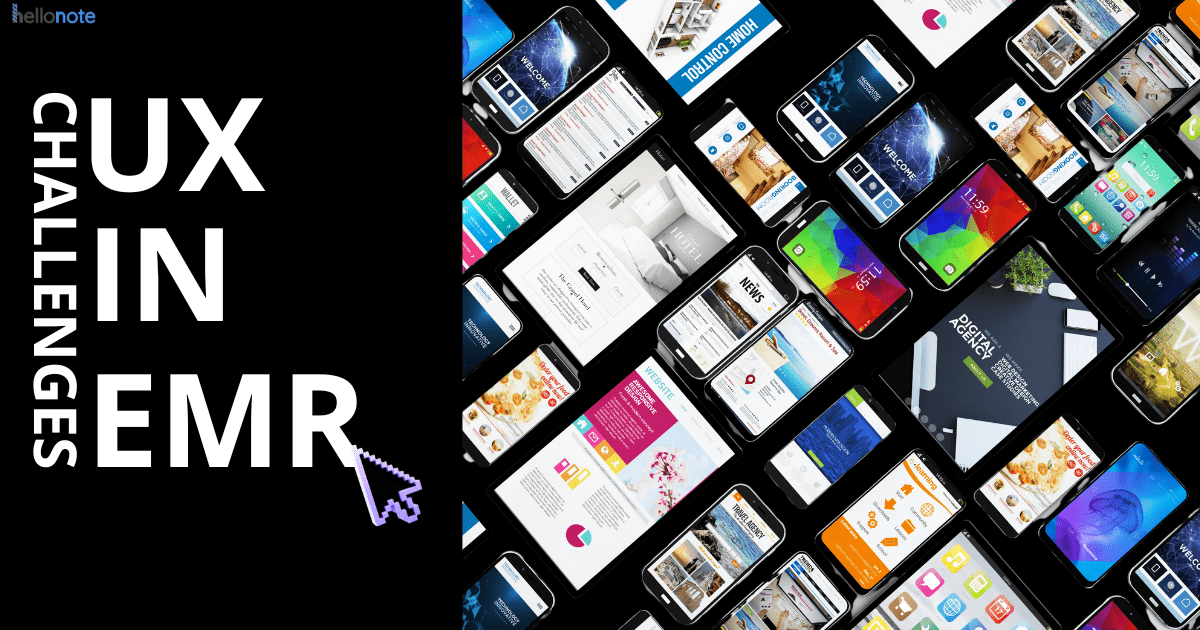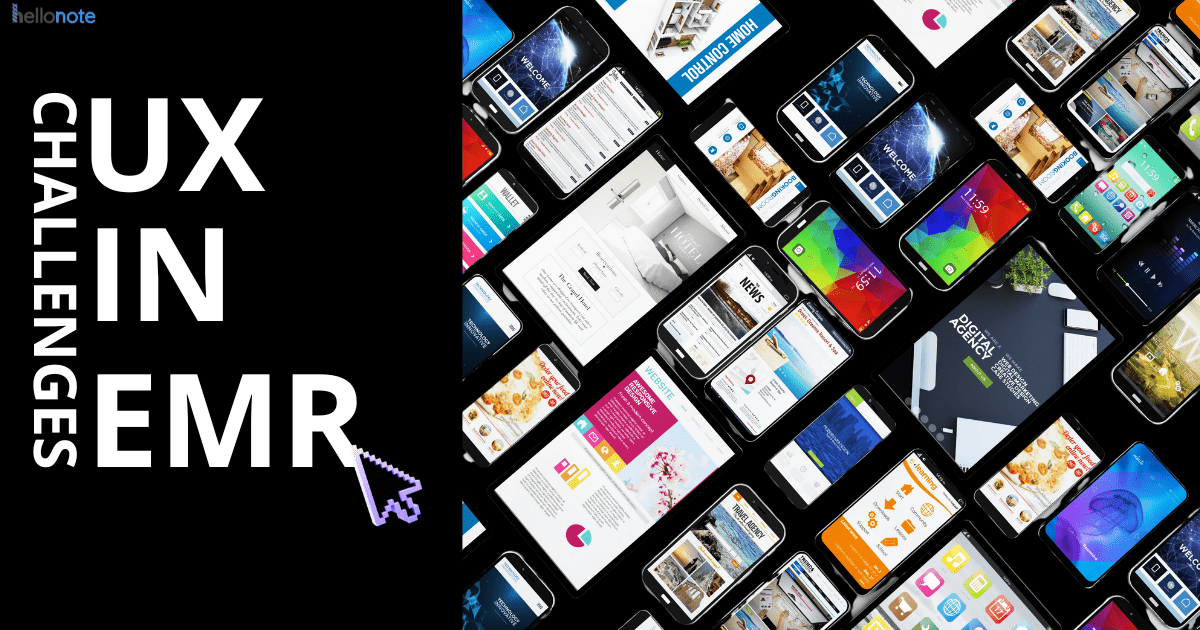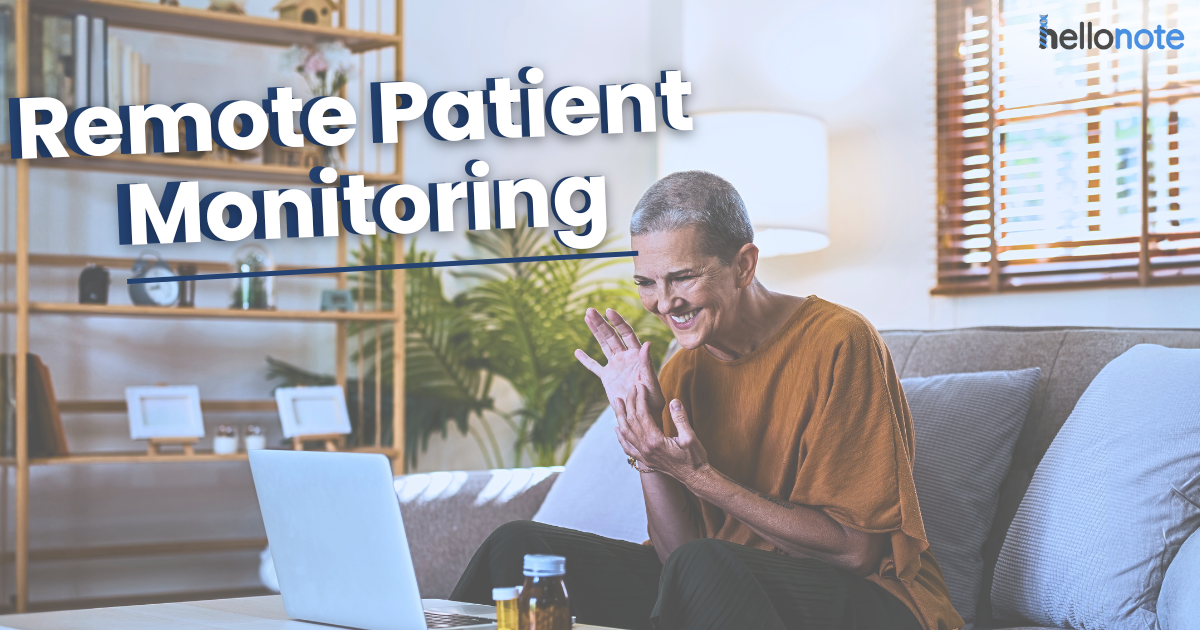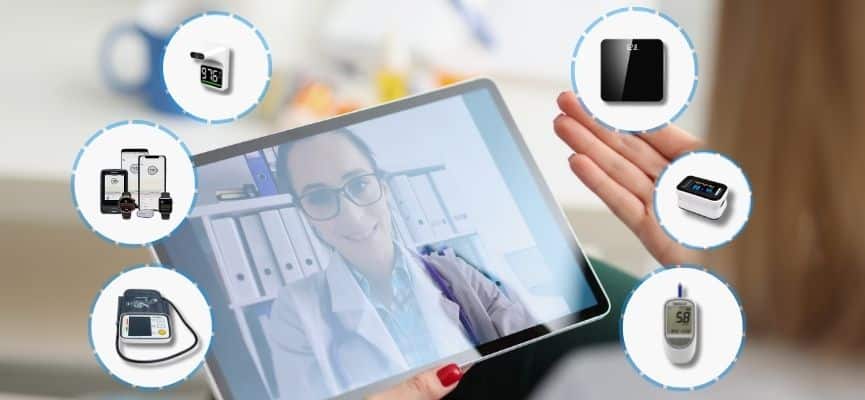ProKineticsPT Brooklyn: Prosthetic Rehabilitation for War Veterans
Discover how ProKinetics Physical Therapy transforms the lives of war veterans through advanced prosthetic rehabilitation. From personalized therapy to emotional healing, learn how cutting-edge technology and compassionate care help amputees regain mobility, independence, and hope. Plus, see how HelloNote EMR enhances seamless patient recovery.

At ProKinetics Physical Therapy, healing goes beyond just rehabilitation. It’s about restoring hope, independence, and quality of life. In a remarkable effort to support those who have given everything in the fight for their homeland, ProKinetics provides cutting-edge prosthetic rehabilitation and therapy services to Ukrainian war veterans who have suffered limb amputations.
From the Battlefield to Recovery
As the war in Ukraine continues, countless soldiers have endured life-altering injuries, many requiring specialized medical attention. Staten Island has become a haven for some of these wounded warriors, offering them a chance to rebuild their lives.
Two such veterans, Vitaliy Fomenko and Hennadiy Degtyar, traveled to the U.S. seeking advanced prosthetic fittings and rehabilitation. ProKinetics Physical Therapy has been at the forefront of their prosthetic rehabilitation journey, providing them with the care needed to adapt to life with prosthetics.
Their journey has gained attention, with The New York Post highlighting their struggles and recovery in a recent article: Ukraine war vets with amputations flee to NYC for refuge and care: ‘It’s a war of exhaustion’. This article sheds light on the challenges these veterans face and the critical role rehabilitation centers like ProKinetics play in their recovery process.
The Emotional and Physical Journey of War Veterans
The transition from the battlefield to civilian life is both physical and psychological. Losing a limb is not just about adapting to prosthetics; it’s about redefining identity, regaining confidence, and finding strength to move forward.
At ProKinetics, the team understands that healing extends beyond physical therapy. These veterans, who once stood strong in defense of their homeland, now face an entirely new battle, learning to walk, function, and live with prosthetic limbs. The emotional toll is immense, but through personalized therapy, emotional support, and structured rehabilitation programs, they are finding renewed strength.
Comprehensive Support for Veterans:
-
- Mental Health Support – Therapy is more than movement. It’s about rebuilding confidence and overcoming trauma. ProKinetics collaborates with mental health professionals to ensure patients receive holistic care.
-
- Mind-Body Therapy – Integrating breathing exercises, relaxation techniques, and mindfulness practices to help manage pain and anxiety.
-
- Reintegration Programs – Veterans engage in adaptive sports and community activities, helping them transition into a life filled with purpose.
One of the most remarkable moments in this journey is watching a veteran take their first steps again, a moment filled with emotion, determination, and gratitude. The staff at ProKinetics witness firsthand the power of resilience as these warriors push through unimaginable challenges to regain independence.
The Role of ProKinetics in Advanced Prosthetic Rehabilitation
Recovery is highly individualized, requiring specialized care, cutting-edge technology, and unwavering support. At ProKinetics Physical Therapy, each patient undergoes a personalized prosthetic rehabilitation program tailored to their needs:
-
- Targeted Therapy Programs – Designed to support amputee rehabilitation and prosthetic mobility training.
-
- Strength and Balance Training – Helping patients develop stability, coordination, and confidence in their movements.
-
- One-on-One Therapy Sessions – Ensuring each patient receives focused attention and guidance on their unique rehabilitation path.
Veterans arrive at ProKinetics uncertain about their future, but through dedicated care and advanced prosthetic rehabilitation techniques, they leave with a renewed sense of hope and purpose.
A Seamless Approach to Patient Care
At ProKinetics Physical Therapy, the focus is always on delivering exceptional, patient-centered rehabilitation. Achieving the best outcomes requires not only skilled therapists and advanced prosthetic technology but also efficient documentation and coordination behind the scenes.
This is where HelloNote EMR supports ProKinetics by ensuring seamless workflows that enhance both patient care and operational efficiency.
How HelloNote EMR Enhances Prosthetic Rehabilitation:
-
- Real-Time Documentation & Progress Tracking – Helping therapists track patient improvements effortlessly, ensuring treatment plans evolve with their recovery needs.
- Telehealth & Virtual Check-Ins – Allowing for continued care beyond in-person sessions, keeping patients engaged in their rehabilitation journey.
- Data-Driven Outcome Monitoring – Providing insightful progress reports, helping therapists and patients stay aligned on recovery milestones.
By integrating HelloNote EMR’s technology, ProKinetics can focus on helping patients regain independence while ensuring that behind-the-scenes processes run smoothly. With the right tools in place, therapists can devote more time to guiding patients toward a stronger, healthier future.
Join Us in Supporting This Mission
The stories of Vitaliy, Hennadiy, and many other veterans serve as powerful reminders of the human impact of war and the importance of compassionate, high-quality prosthetic rehabilitation.
Are you or a loved one in need of prosthetic rehabilitation? Schedule a Consultation with ProKinetics Today!
Visit ProKinetics Physical Therapy to see how we are making a difference.
Discover how HelloNote is transforming therapy practices with advanced technology—Book a Free Demo Today!
Together, we can help those who have sacrificed so much regain strength, mobility, and independence.

